Home>Furniture & Design>Bathroom Accessories>How To Choose A Bathtub
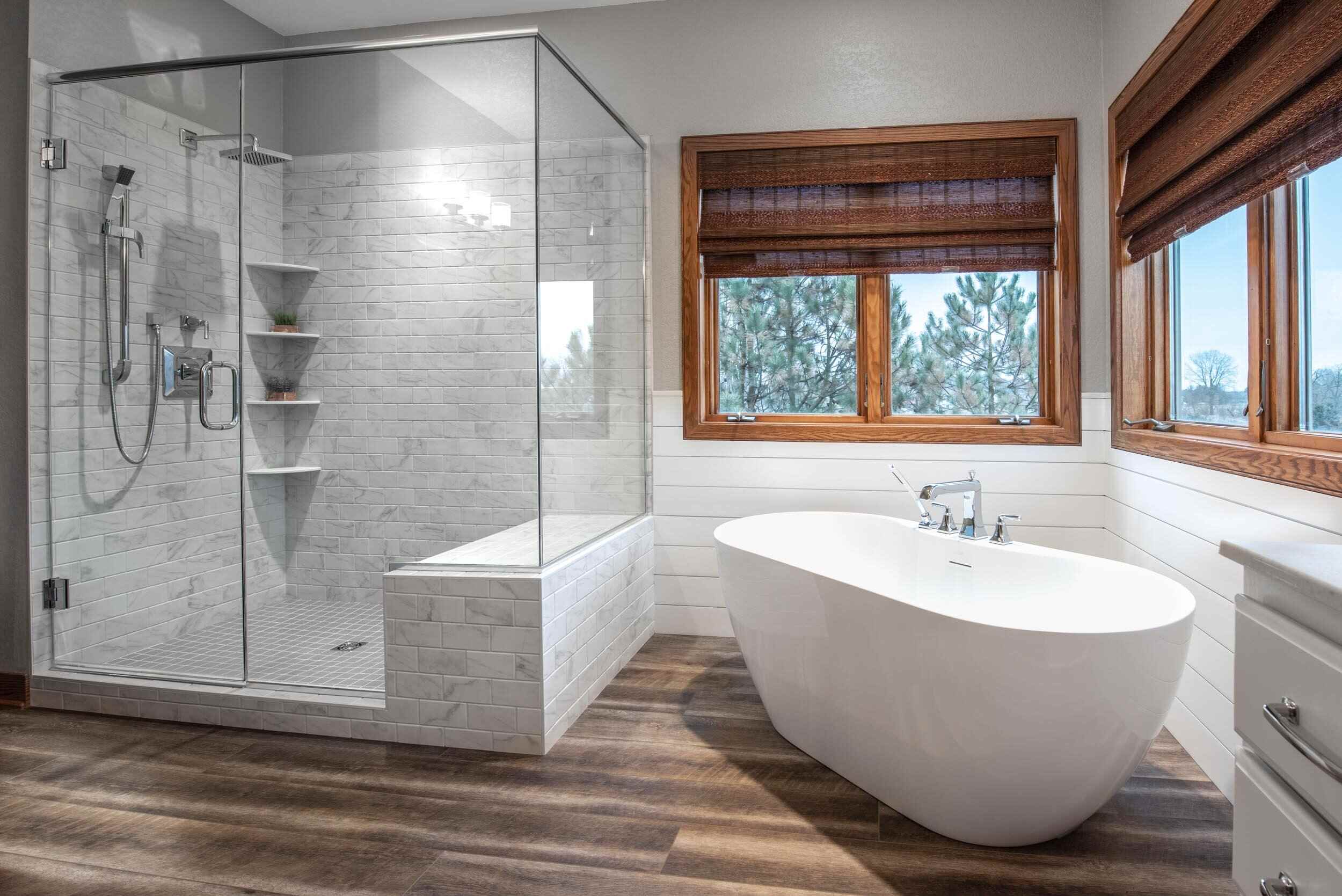

Bathroom Accessories
How To Choose A Bathtub
Modified: April 22, 2024
Discover the best bathtub for your bathroom with our expert guide. Explore a wide range of bathroom accessories and find the perfect fit for your space.
(Many of the links in this article redirect to a specific reviewed product. Your purchase of these products through affiliate links helps to generate commission for Storables.com, at no extra cost. Learn more)
Consider Your Space
When it comes to choosing a bathtub, one of the most crucial factors to consider is the space where it will be installed. Whether you have a spacious bathroom or a cozy one, understanding the dimensions and layout of your space is essential in making the right decision. Here are some key points to keep in mind as you consider your space:
-
Measurements: Begin by measuring the available space in your bathroom. Consider the length, width, and height of the area where the bathtub will be placed. This will help you determine the maximum size of the bathtub that can comfortably fit into the space without making the room feel cramped.
-
Layout: Take note of the existing layout of your bathroom. Are there any architectural features, such as alcoves or windows, that could impact the placement of the bathtub? Understanding the layout will guide you in selecting a bathtub that not only fits physically but also complements the overall design of the space.
-
Accessibility: Consider the ease of access to the bathtub. If you have a smaller bathroom, a freestanding or corner bathtub might be a suitable option to maximize space. Alternatively, if accessibility is a concern, a walk-in bathtub with a low threshold could be a practical choice, especially for individuals with mobility challenges.
-
Aesthetic: Reflect on the aesthetic appeal you wish to achieve. The bathtub should harmonize with the existing decor and ambiance of the bathroom. For a modern, minimalist space, a sleek and contemporary bathtub design may be ideal, while a clawfoot tub could be a charming addition to a vintage-inspired bathroom.
By carefully considering your space, you can narrow down the options and focus on selecting a bathtub that not only fits seamlessly into your bathroom but also enhances its functionality and visual appeal.
Key Takeaways:
- Choose a bathtub that fits your space, complements your bathroom’s design, and suits your accessibility needs. Consider measurements, layout, and aesthetic to make the right decision.
- Explore different bathtub types, materials, and features to find the perfect option that aligns with your lifestyle, design preferences, and desired bathing experience.
Determine the Type of Bathtub
When it comes to selecting a bathtub, the type of bathtub you choose plays a significant role in both the functionality and aesthetics of your bathroom. With a variety of bathtub types available, each offering unique features and benefits, it's essential to understand the options to make an informed decision. Here are some common types of bathtubs to consider:
Alcove Bathtubs
Alcove bathtubs are designed to fit into a three-wall enclosure, making them a popular choice for standard bathrooms. These bathtubs typically have a front apron and are space-efficient, making them ideal for smaller bathrooms. Alcove bathtubs are versatile and come in various sizes and styles, allowing you to find one that suits your space and design preferences.
Freestanding Bathtubs
Freestanding bathtubs are a luxurious and visually striking option that can become the focal point of a bathroom. These bathtubs stand alone and are not attached to any walls, offering flexibility in placement. They come in a range of shapes, including classic clawfoot designs, modern oval shapes, and sleek rectangular forms, allowing you to choose a style that complements your bathroom decor.
Corner Bathtubs
Ideal for optimizing space, corner bathtubs are designed to fit snugly into a corner of the bathroom. These bathtubs are a great choice for smaller bathrooms or for those who want to maximize space efficiency. With a triangular shape, corner bathtubs provide a unique and stylish bathing solution while conserving floor space.
Read more: How To Choose A Trampoline
Drop-In Bathtubs
Drop-in bathtubs are installed by "dropping" them into a pre-built frame or platform. This type of bathtub offers a seamless and customized look, as the surrounding deck or tiling can be tailored to complement the overall bathroom design. Drop-in bathtubs come in various shapes and sizes, allowing for versatile installation options.
Soaking Tubs
Soaking tubs are designed for deep immersion, allowing bathers to enjoy a luxurious and relaxing bathing experience. These bathtubs are deeper than standard tubs, providing ample space for full-body soaking. Soaking tubs come in various materials, including acrylic, cast iron, and stone, and are available in different shapes to accommodate individual preferences.
Whirlpool and Air Tubs
For those seeking a spa-like experience at home, whirlpool and air tubs are excellent options. Whirlpool tubs feature jets that provide a therapeutic massage experience, while air tubs use air jets to create a gentle, bubbling sensation. These types of bathtubs offer a soothing and rejuvenating bathing experience, making them popular choices for relaxation and stress relief.
By understanding the different types of bathtubs available, you can narrow down your options based on your space, preferences, and desired features. Each type of bathtub offers distinct advantages, allowing you to select the perfect option that aligns with your lifestyle and enhances your bathing experience.
Think About Material and Style
When selecting a bathtub, considering the material and style is pivotal in creating a cohesive and visually appealing bathroom space. The material of the bathtub not only influences its durability and maintenance but also contributes to the overall aesthetic of the room. Additionally, the style of the bathtub plays a significant role in defining the ambiance and design theme of the bathroom. Here's a detailed exploration of the factors to contemplate when thinking about the material and style of your bathtub:
Read more: How To Choose A Hammock
Material
The material of the bathtub impacts its longevity, insulation properties, and maintenance requirements. Common bathtub materials include:
-
Acrylic: Acrylic bathtubs are lightweight, durable, and available in a wide range of shapes and sizes. They are known for their excellent heat retention, making them ideal for long, relaxing soaks. Additionally, acrylic is non-porous, making it resistant to stains and easy to clean.
-
Fiberglass: Fiberglass bathtubs are cost-effective and lightweight, making them easy to install. While they may not offer the same level of heat retention as acrylic, they are durable and low-maintenance, making them a practical choice for many homeowners.
-
Porcelain-Enameled Steel: These bathtubs feature a steel core coated with porcelain enamel. They are known for their affordability and resistance to scratches and fading. However, they are heavier than acrylic and fiberglass options.
-
Cast Iron: Renowned for their sturdiness and heat retention, cast iron bathtubs are a timeless choice. They are coated with enamel, providing a smooth and glossy finish. While they are durable, their weight may require additional floor reinforcement during installation.
-
Stone Resin: Stone resin bathtubs offer a luxurious and natural aesthetic. Made from a combination of crushed stone and resin, they are durable, heat-retentive, and available in various shapes and finishes.
Style
The style of the bathtub significantly influences the overall look and feel of the bathroom. Consider the following styles when choosing a bathtub:
-
Modern and Sleek: For a contemporary bathroom, consider a bathtub with clean lines, minimalist design, and a sleek finish. Freestanding tubs with a modern silhouette or drop-in tubs with a streamlined appearance can complement a modern aesthetic.
-
Vintage and Classic: Clawfoot tubs or pedestal tubs evoke a sense of timeless elegance and are perfect for creating a vintage-inspired bathroom. These styles add a touch of nostalgia and charm to the space.
-
Transitional and Versatile: For a versatile option that can adapt to various design themes, consider a simple alcove bathtub. This style can be easily integrated into different bathroom styles and allows for flexibility in decor choices.
By carefully considering the material and style of the bathtub, you can ensure that it not only aligns with your design preferences but also meets your practical needs, resulting in a harmonious and functional bathroom space.
Evaluate Features and Add-Ons
When choosing a bathtub, evaluating the features and add-ons is crucial in ensuring that the selected option aligns with your specific needs and preferences. By carefully considering the available features and add-ons, you can enhance the functionality, comfort, and overall bathing experience. Here are essential aspects to evaluate when exploring the features and add-ons of a bathtub:
Water and Energy Efficiency
Opting for a bathtub with water and energy-efficient features can contribute to environmental sustainability and cost savings. Look for bathtubs equipped with technologies such as low-flow faucets and fixtures, which help conserve water without compromising the bathing experience. Additionally, consider models with insulation features that retain heat, allowing for longer and more enjoyable baths while minimizing the need for frequent reheating.
Read more: How To Choose Rugs
Built-In Comfort Elements
Many modern bathtubs offer built-in comfort elements designed to elevate the bathing experience. These may include ergonomic headrests, armrests, and lumbar support to enhance relaxation and reduce strain during extended soaks. Some bathtubs also feature contoured designs that provide optimal comfort, allowing bathers to unwind and rejuvenate in a luxurious and supportive environment.
Hydrotherapy and Massage Options
For those seeking a spa-like experience at home, evaluating bathtubs with hydrotherapy and massage options is essential. Consider models equipped with strategically placed jets that deliver targeted hydro-massage, promoting muscle relaxation and stress relief. Additionally, some bathtubs feature air massage systems that create a gentle, bubbling sensation, offering a soothing and therapeutic bathing experience.
Integrated Lighting and Entertainment
To create a tranquil and indulgent ambiance, explore bathtubs with integrated lighting features that allow for customizable illumination. Some models offer chromatherapy options, utilizing colored lights to promote relaxation and balance. Furthermore, for those who enjoy unwinding with entertainment, certain bathtubs come with built-in audio systems, allowing bathers to enjoy music or podcasts while bathing, enhancing the overall sensory experience.
Smart and Automated Functions
In the era of smart homes, there are bathtubs equipped with innovative, automated functions. These may include digital controls for adjusting water temperature and jet settings, as well as programmable presets for personalized bathing preferences. Some advanced models even offer self-cleaning capabilities, simplifying maintenance and ensuring a consistently hygienic bathing environment.
By thoroughly evaluating the features and add-ons available in different bathtub models, you can select an option that not only meets your practical requirements but also aligns with your desire for a luxurious, personalized, and rejuvenating bathing experience.
Read more: How To Choose Dinnerware
Set Your Budget
Setting a budget is a fundamental step in the process of choosing a bathtub. It serves as a guiding parameter, ensuring that you make a well-informed decision that aligns with your financial considerations. When establishing your budget for a bathtub purchase, several factors should be taken into account to facilitate a realistic and practical approach.
First and foremost, consider the overall scope of your bathroom renovation or remodeling project. If the bathtub installation is part of a larger endeavor that involves multiple upgrades or renovations, it's essential to allocate a portion of your budget specifically for the bathtub while accounting for the overall expenses. This holistic approach allows for a comprehensive assessment of your financial resources and ensures that the bathtub investment is balanced within the broader context of the project.
Next, evaluate the long-term value and benefits that the chosen bathtub will provide. While it's important to stay within your budgetary constraints, it's equally crucial to assess the potential return on investment in terms of durability, functionality, and aesthetic appeal. A higher initial investment in a quality bathtub constructed from durable materials may result in long-term cost savings by minimizing the need for frequent repairs or replacements.
Furthermore, research the average costs associated with the type of bathtub you desire. Different bathtub types, materials, and features can significantly impact the price range. For example, freestanding tubs often come with a higher price tag due to their luxurious appeal and versatile installation options, while alcove or drop-in tubs may offer more budget-friendly alternatives without compromising on quality and style.
Additionally, factor in the expenses related to installation, plumbing, and any necessary modifications to accommodate the chosen bathtub. These additional costs should be included in your budget planning to ensure a comprehensive understanding of the total investment required for the successful integration of the bathtub into your bathroom space.
By carefully setting your budget and considering the various cost components involved, you can approach the bathtub selection process with clarity and confidence, ultimately making a well-informed decision that aligns with your financial parameters while fulfilling your aspirations for a functional and aesthetically pleasing bathroom centerpiece.
Research and Compare Options
Researching and comparing various bathtub options is a pivotal phase in the journey toward finding the perfect bathtub for your bathroom. This process involves delving into the diverse array of available models, brands, features, and pricing to make an informed and confident decision. Here's a comprehensive guide to effectively researching and comparing bathtub options:
Online Resources
Utilize online resources to explore the wide range of bathtub options available in the market. Visit reputable websites, manufacturer's official pages, and online retailers to browse through catalogs, product descriptions, and customer reviews. These platforms offer valuable insights into the latest trends, innovative features, and customer experiences, providing a comprehensive understanding of the available options.
Customer Reviews and Testimonials
Customer reviews and testimonials play a crucial role in gauging the performance and satisfaction levels associated with specific bathtub models. Take the time to read through authentic customer feedback to gain firsthand perspectives on factors such as durability, comfort, ease of maintenance, and overall user experience. Pay attention to recurring themes and consider how they align with your own priorities and expectations.
Read more: How To Choose A Backsplash
Professional Consultation
Seeking professional consultation from experienced plumbers, bathroom designers, or showroom experts can provide invaluable guidance. These professionals can offer personalized recommendations based on your specific space, budget, and functional requirements. Their expertise can help you navigate through the multitude of options, ensuring that you make a well-informed decision that aligns with your unique needs and preferences.
Comparison of Features and Specifications
Conduct a detailed comparison of the features and specifications of different bathtub models. Pay attention to factors such as material quality, dimensions, water capacity, insulation properties, and additional features such as built-in comfort elements, hydrotherapy options, and smart functions. By meticulously comparing these aspects, you can identify the models that best align with your desired bathing experience and practical considerations.
Price Analysis and Value Assessment
Carefully analyze the pricing of various bathtub options in relation to their features, material quality, and brand reputation. Consider the long-term value that each option offers, weighing the initial investment against the anticipated durability, functionality, and aesthetic appeal. This assessment will enable you to make a cost-effective decision that maximizes the value derived from your bathtub investment.
By thoroughly researching and comparing bathtub options through these comprehensive methods, you can confidently narrow down your choices and select a bathtub that not only meets your practical needs but also aligns with your vision for a luxurious, functional, and visually captivating bathroom centerpiece.
Frequently Asked Questions about How To Choose A Bathtub
Was this page helpful?
At Storables.com, we guarantee accurate and reliable information. Our content, validated by Expert Board Contributors, is crafted following stringent Editorial Policies. We're committed to providing you with well-researched, expert-backed insights for all your informational needs.



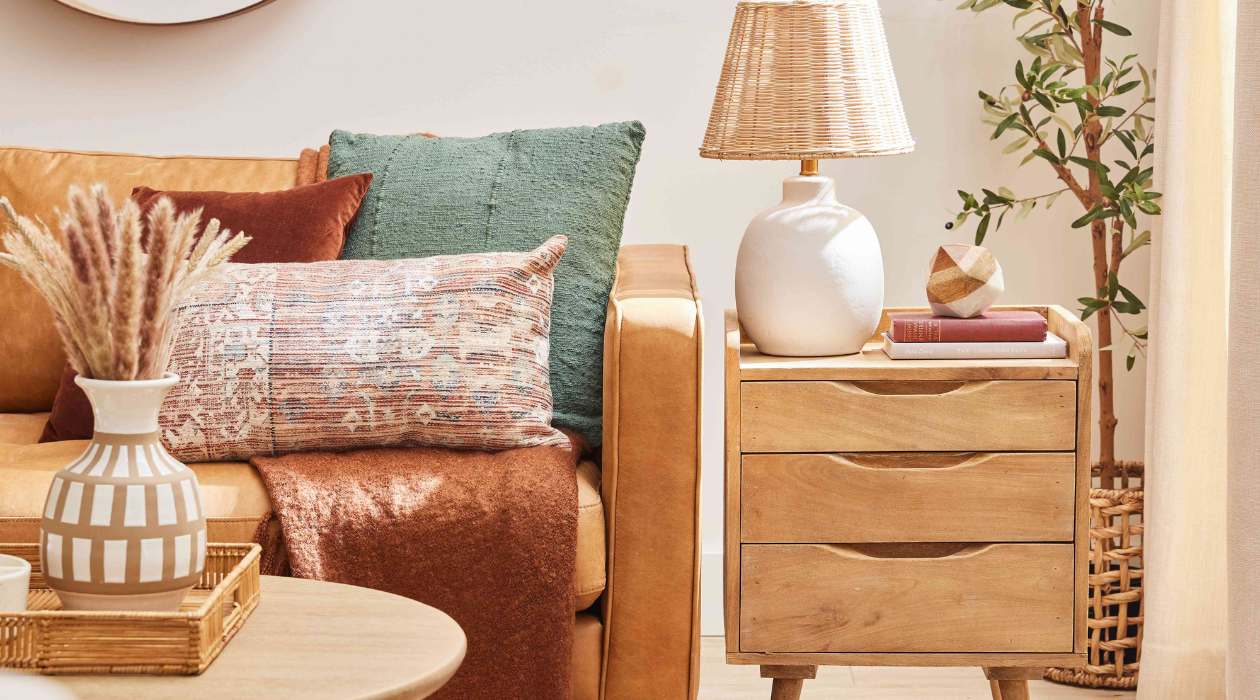

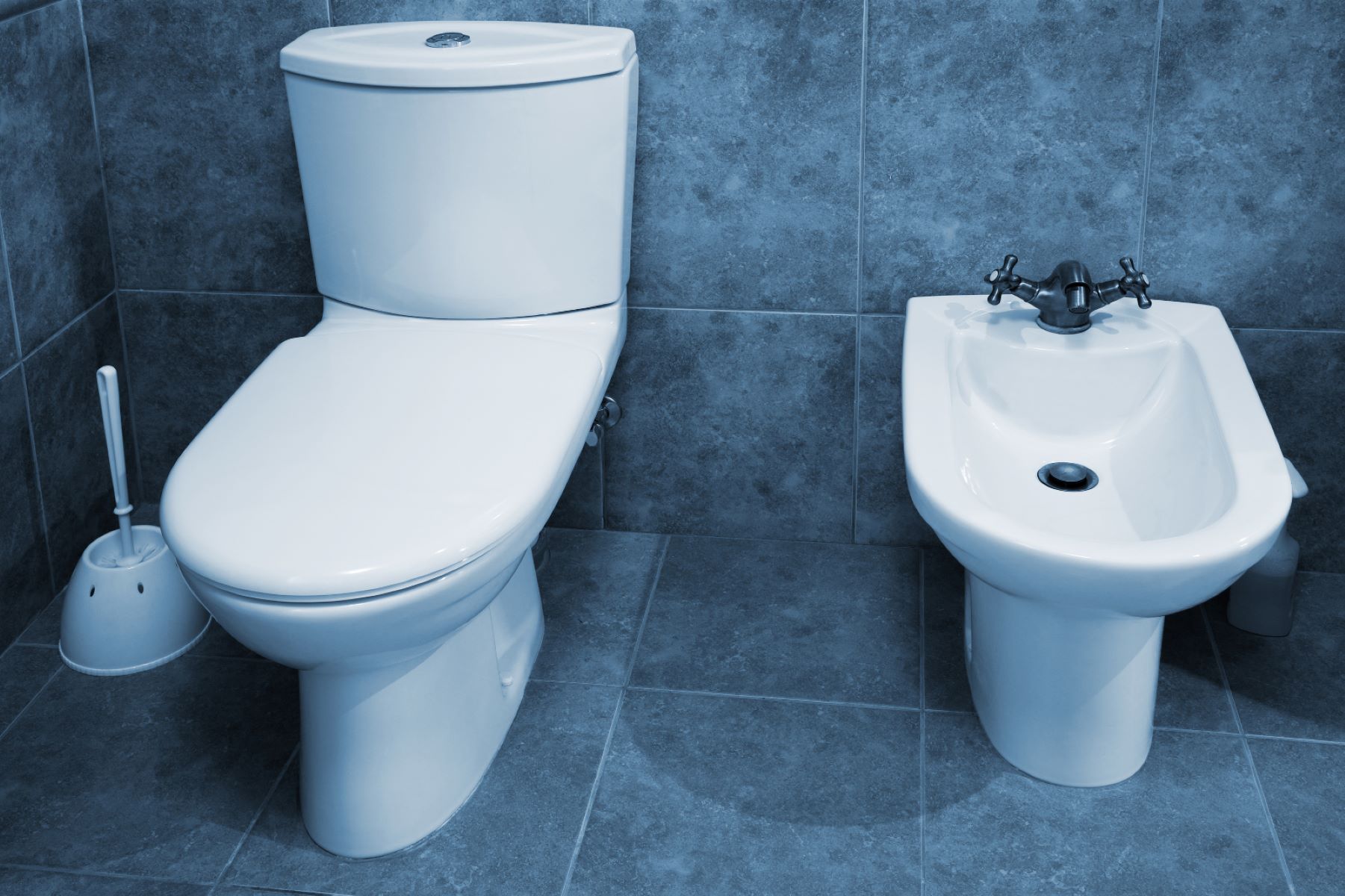
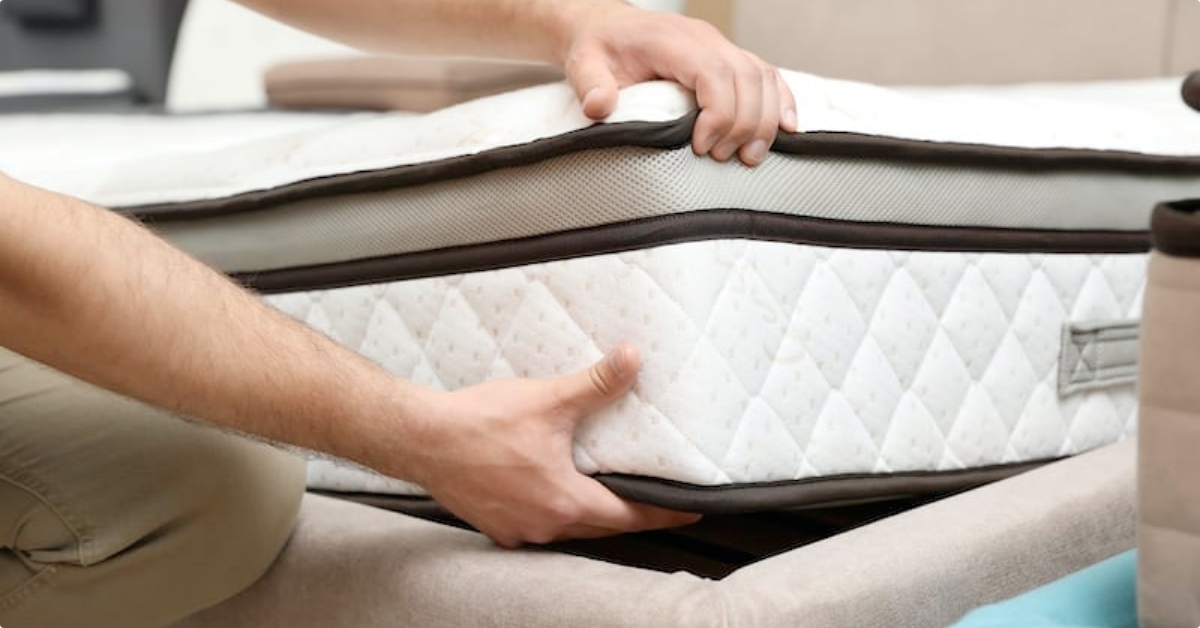
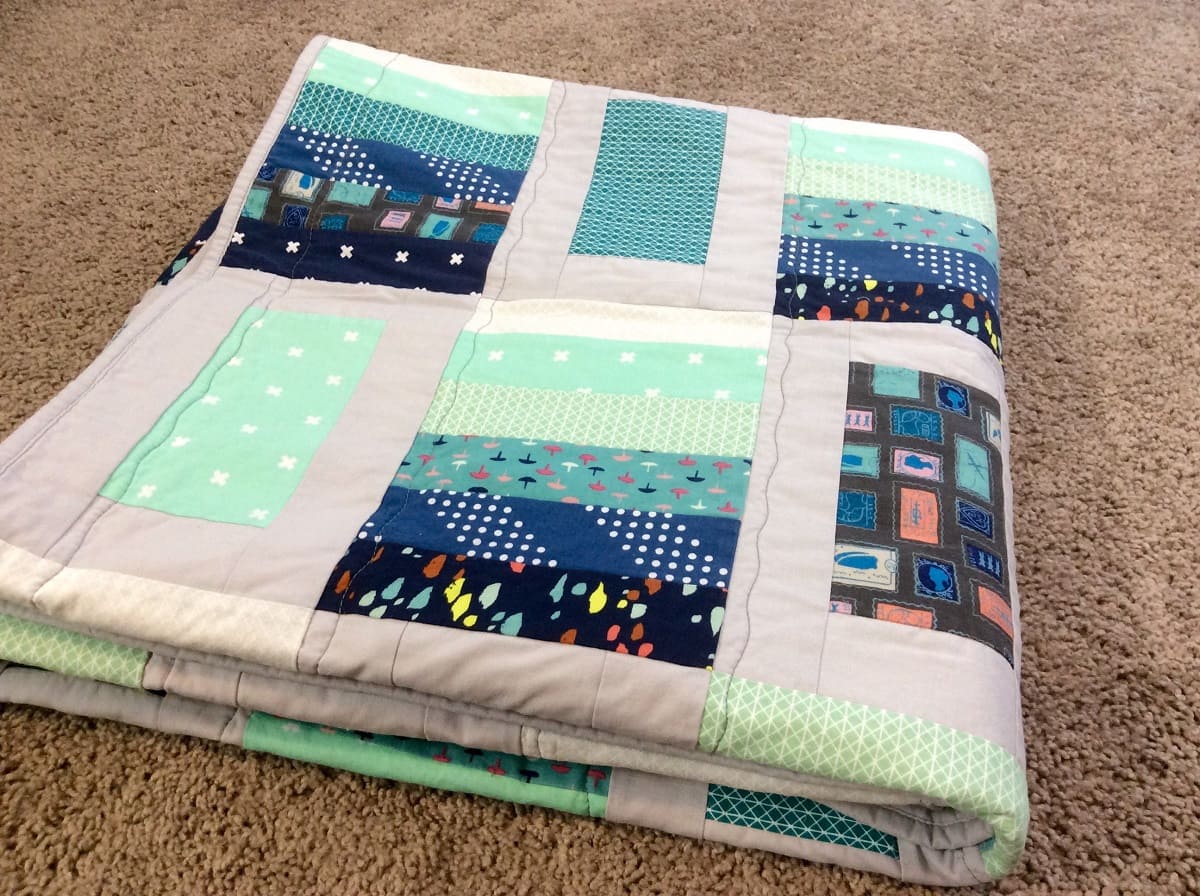
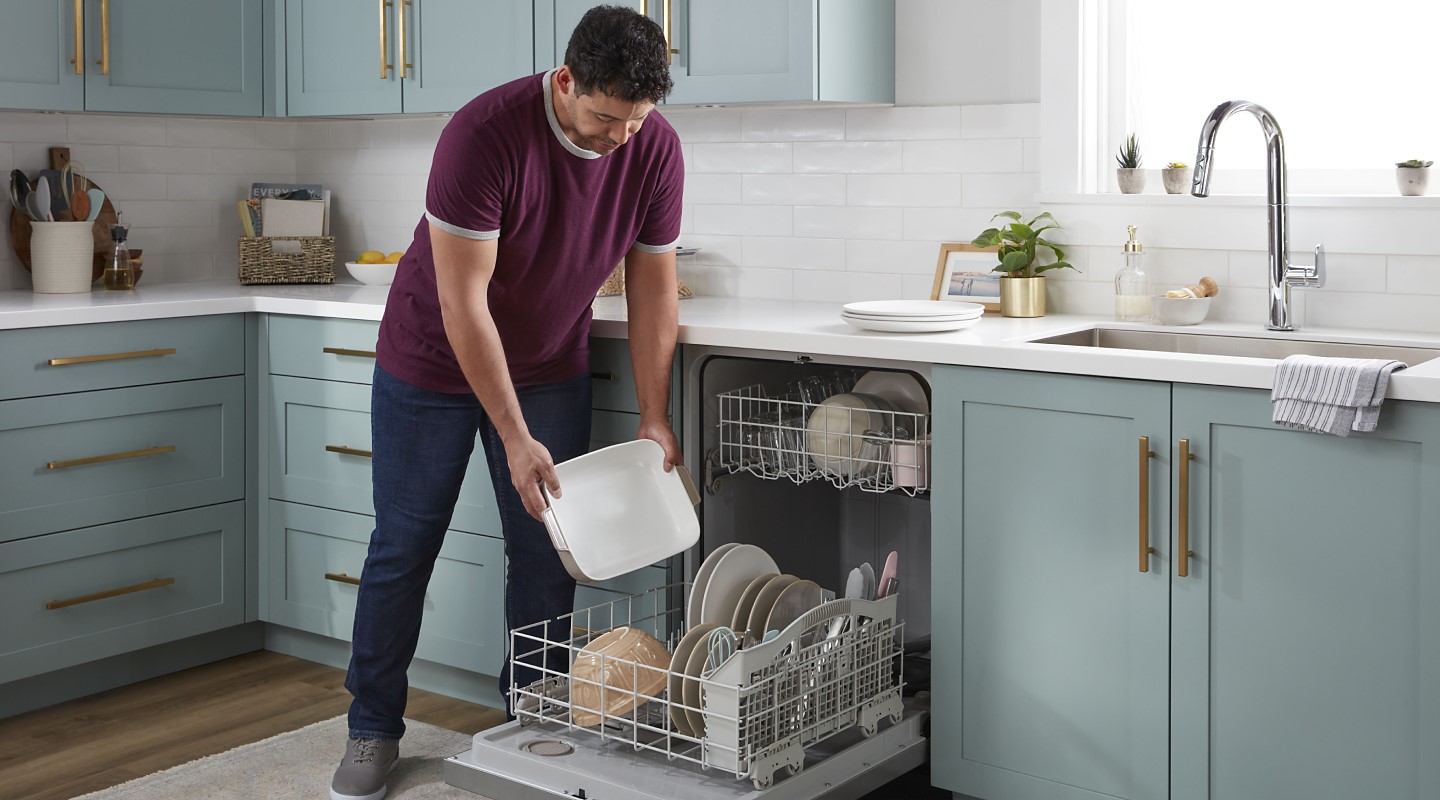
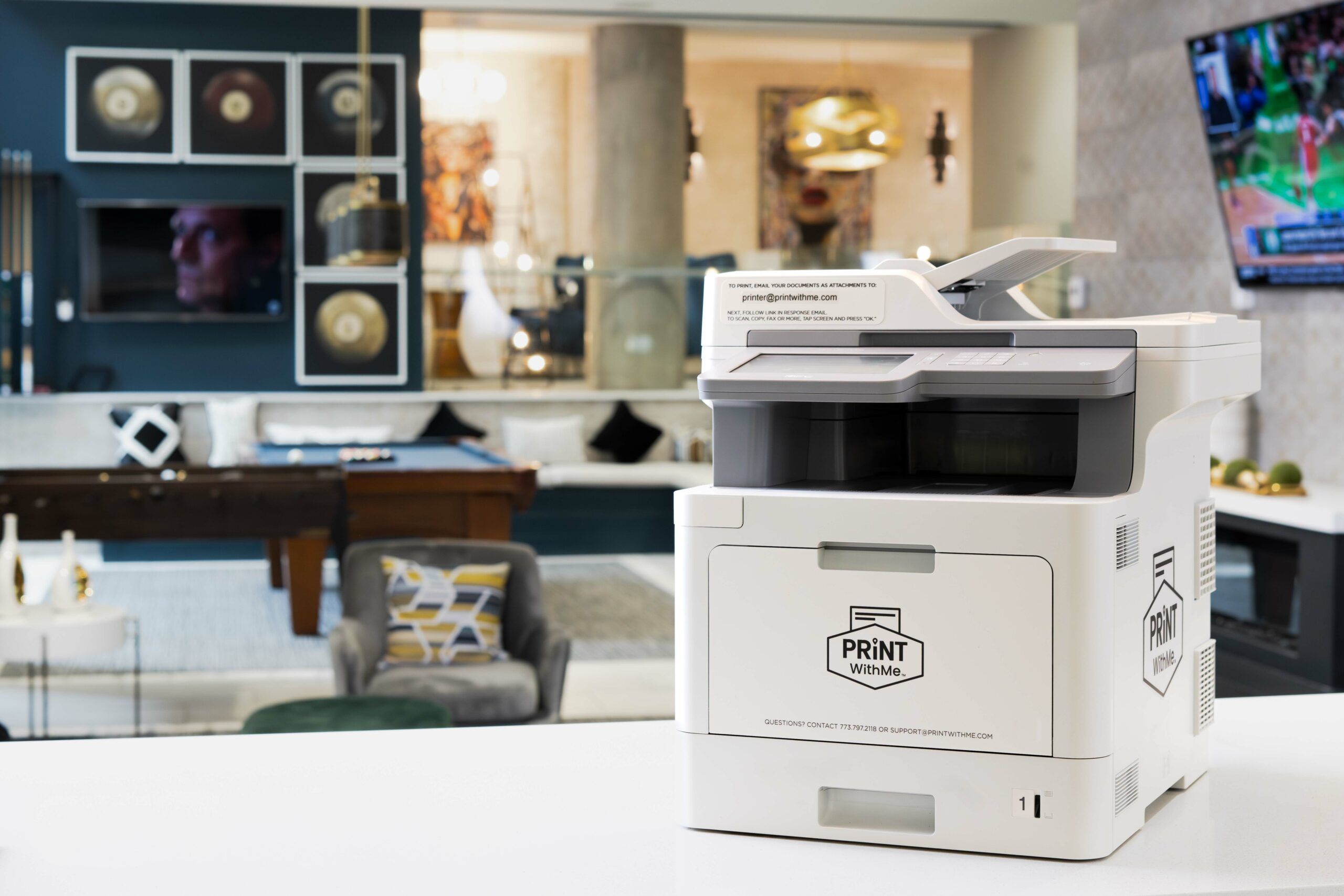

0 thoughts on “How To Choose A Bathtub”